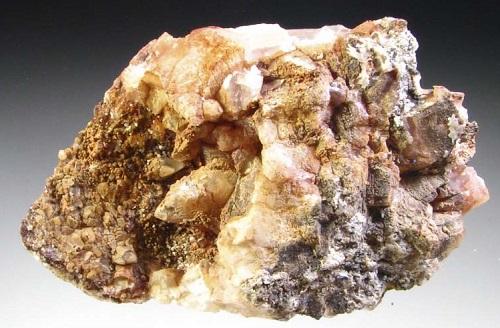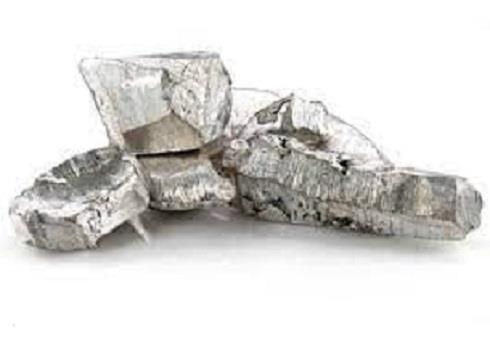Side effects of Calomel
Dec 6,2021
Calomel is a mercury chloride mineral with formula Hg2Cl2 (see mercury(I) chloride). The name derives from Greek kalos (beautiful) and melas (black) because it turns black on reaction with ammonia. This was known to alchemists. Calomel occurs as a secondary mineral which forms as an alteration product in mercury deposits. It occurs with native mercury, amalgam, cinnabar, mercurian tetrahedrite, eglestonite, terlinguaite, montroydite, kleinite, moschelite, kadyrelite, kuzminite, chursinite, kelyanite, calcite, limonite and various clay minerals. The type locality is Moschellandsburg, Alsenz-Obermoschel, Rhineland-Palatinate, Germany.

Uses
Calomel was marketed as a purgative agent to relieve congestion and constipation; however, physicians at the time had no idea what the medication’s mechanism of action was. They learned how calomel worked through trial and error. It was observed that small doses of calomel acted as a stimulant, often leading to bowel movements, while larger doses caused sedation.During the 19th century, calomel was used to treat numerous illnesses and diseases like mumps, typhoid fever, and others—especially those that impact the gastrointestinal tract, such as constipation, dysentery, and vomiting.As mercury softened the gums, calomel was the principal constituent of teething powders until the mid-twentieth century.Babies given calomel for teething often suffered from acrodynia.
Environmental Fate
Calomel decomposes gradually in the presence of sunlight. It slowly decomposes to mercury and mercuric chloride under aqueous conditions.Calomel can generate reactive oxygen species and deplete glutathione levels. Both genotoxic and nongenotoxic mechanisms may contribute to renal carcinogenic effect of mercury.
Side effects
Label from a calomel and cinnabar specimen It became popular in the late 18th century to give calomel in extremely high doses, as Benjamin Rush normalized the heroic dose. This caused many patients to experience many painful and sometimes life-threatening side effects. Calomel, in high doses, led to mercury poisoning, which had the potential to cause permanent deformities and even death. Some patients experienced gangrene of the mouth generated by the mercury in the medicine, which caused the tissue on the cheeks and gums inside the mouth to break down and die. Some patients would lose teeth, while others were left with facial deformities.High doses of calomel would often lead to extreme cramping, vomiting, and bloody diarrhea; however, at the time, this was taken as a sign that the calomel was working to purge the system and rid the disease.
Calomel was often administered as a treatment for dysentery; the effects of calomel would often worsen the severe diarrhea associated with dysentery and acted as a catalyst in speeding up the effects of dehydration.One victim was Alvin Smith, the eldest brother of Joseph Smith, founder of the Church of Jesus Christ of Latter-day Saints.It was also used by Charles Darwin to treat the severe gastrointestinal infection that presumably began the inductive phase of his documented Crohn's disease.Eventually, it was determined that calomel was causing more harm than good, as the side effects were often worse than the illness it was being used to treat; because of this, calomel was removed from medical supply shelves.
- Related articles
- Related Qustion
Discovered in 1817 as an impurity in calamine (zinc carbonate) by Friedrich Stromeyer and Karl Samuel Leberecht Hermann while working independently, cadmium exists in abundance of w0.1 ppm in the Earth’s crust.....
Dec 3,2021Inorganic chemistryCaptafol is colorless to pale yellow in color with a distinct odor. It has a molecular weight of 349.1, water solubility of 1.4 mg L-1at 20°C, and melting point of 160–162°C. Some common trade names of products containing captafol include C....
Dec 6,2021Chemical pesticides ?MERCUROUS CHLORIDE
10112-91-1You may like
MERCUROUS CHLORIDE manufacturers
- Mercury(I) chloride
-

- $0.00 / 1KG
- 2020-05-04
- CAS:10112-91-1
- Min. Order: 1KG
- Purity: 99.0%
- Supply Ability: 600 Tons






